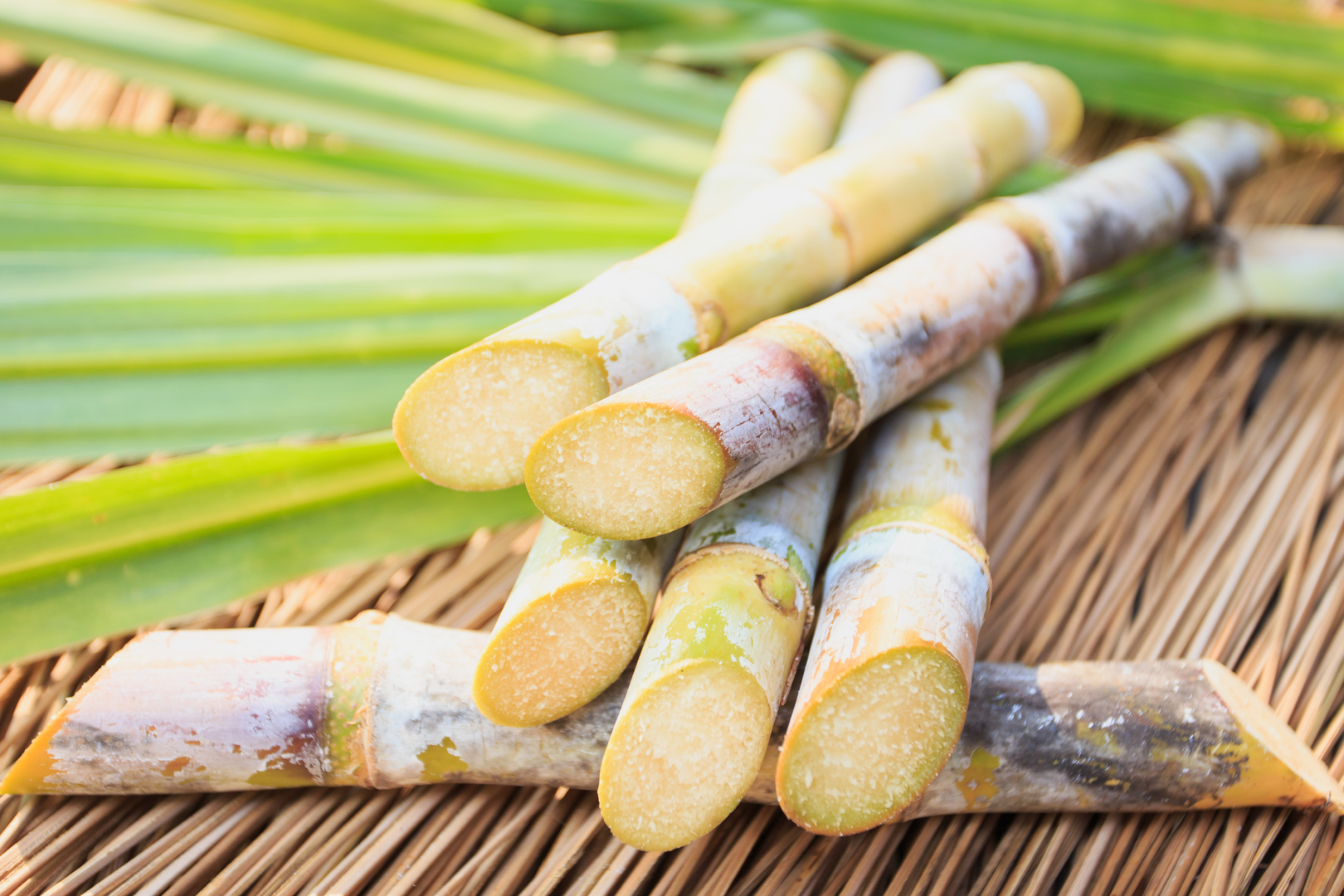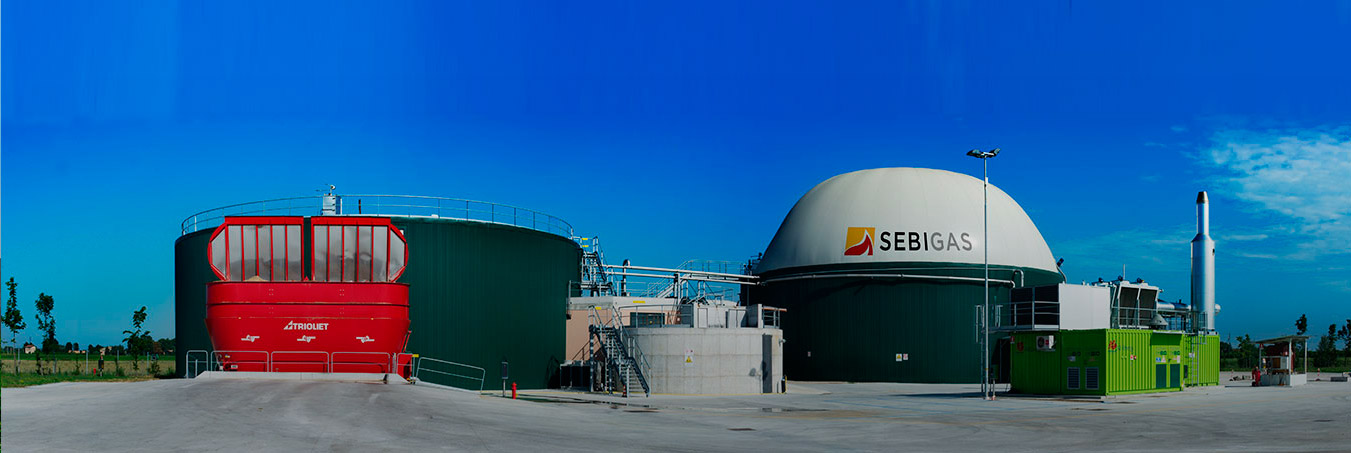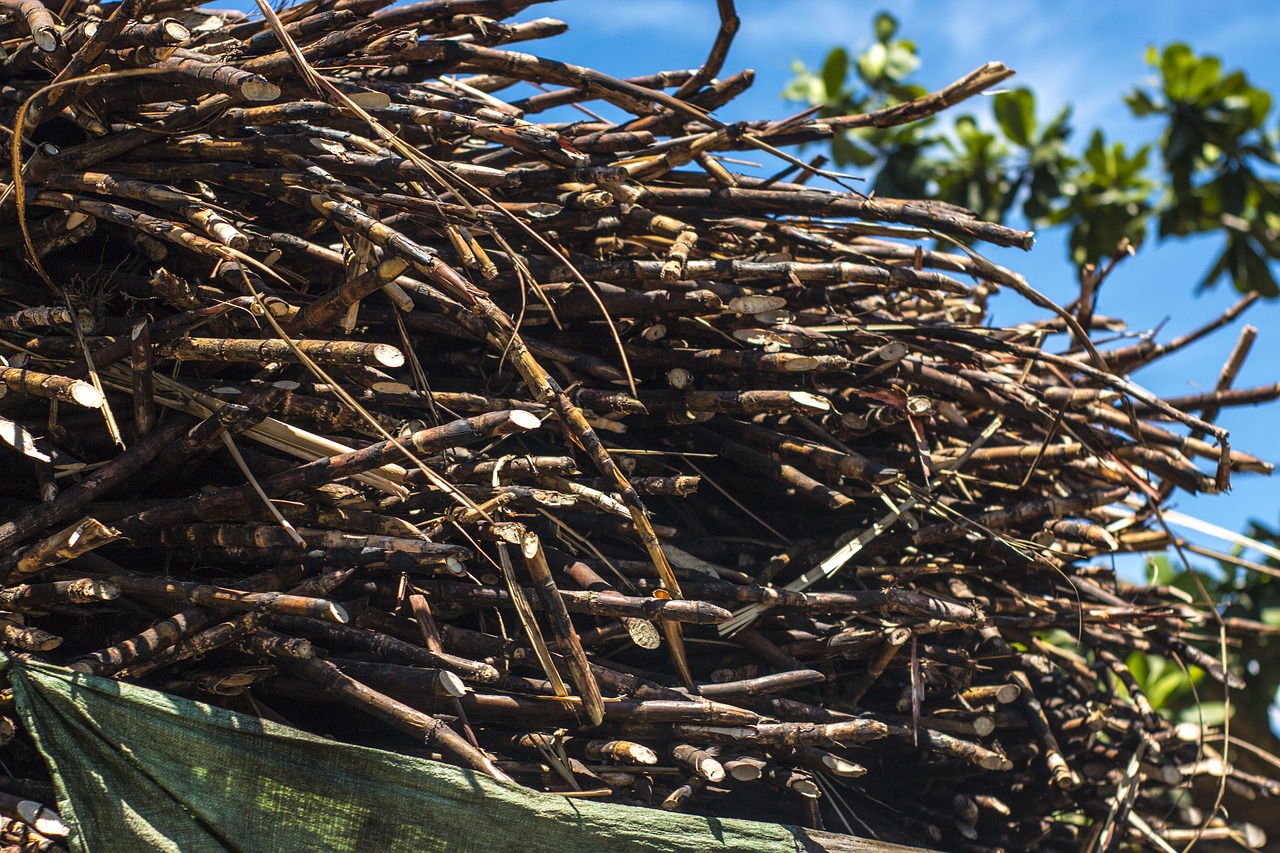We talked to Maurício Cótica, executive director of SebigásCótica, to learn more about the project for the production of biomethane from sugarcane waste and by-products.

1. How does the process of producing biomethane from sugarcane waste and by-products take place?
Maurício Cótica: The project aims to produce biomethane through the main by-products of ethanol and sugar production, vinasse and filter cake. From the process of anaerobic biodigestion, the by-products are decomposed by bacteria, which transform the organic load into biogas and, after specific procedures, into biomethane.
This biomethane is a gas equivalent to natural gas and can be used in a multitude of processes. In the specific case of the project, we see a great opportunity to use biomethane as a fuel, replacing Diesel in the operation of the ethanol and sugar mill. Diesel is the plant's main cost, since it consumes the entire chain, from the harvest to the transportation of sugarcane and ethanol. Thus, our focus was to develop biomethane for use in transport trucks. In this process, we are reducing particulate emissions from Diesel combustion. In addition to this use, we also consider selling biomethane to the natural gas network.
2. Could you talk for a while about the production process?
Maurício Cótica: Biogas is composed of, on average, 53% methane gas (CH4) and the rest are other gases, mostly CO2. After the cleaning process, dehumidification and removal of H2S gas (hydrogen sulphide/sulphur gas), the upgrading process is performed, in which the concentration of CH4 is increased to standards established by ANP to be used as biomethane.
It is important to emphasize that vinasse is an effluent with great energy potential, due to its large production volumes. To produce one litre of ethanol, ethanol and sugar mills produce an average of 12 litres of vinasse. This vinasse is now applied in the field as fertigation, but it has an acid pH, which harms the soil after biodigestion. Vinasse is stabilized with neutral pH and reduced organic load.
3. How was the synergy between the two institutions possible? How did each one contributed to make the project viable?
Maurício Cótica: The synergy between the companies is natural, since they act in a complementary way on the process. Cótica, as a Sebigas partner, acts in the process of biodigestion, that is, in the development of the solution responsible for the production of biogas. Greenlane, on the other hand, receives the biogas produced and upgrades it to biomethane, delivering the final product.
4. What was Low Carbon Brazil's role in the partnership between Greenlane Biogas and SebigásCótica?
Maurício Cótica: Low Carbon Brazil is a fundamental part in the feasibility of studies and future projects. The action of Low Carbon helps and accelerates the development of the biogas market in Brazil, seeking practical and applicable solutions for the needs, opportunities and problems we have today.
5. According to the project description, Brazil is a large sugarcane producer and the second largest ethanol producer in the world. Has this factor contributed to Greenlane Biogas' approximation with Cótica? What does this facilitate or can it bring about obstacles?
Maurício Cótica: In addition to the size of the market in the world, the sugar and ethanol sector is the largest potential market for biogas and biomethane production in Brazil, in other words, it is possible to produce a high volume of biomethane with few projects. This reality is different from what exists in other countries, where production is smaller in volume and pulverized in various locations.
6. How much will this represent in terms of benefits (measurement of impact) to the environment?
Maurício Cótica: The use of biomethane in the substitution of Diesel brings enormous gains for the environment, because we are directly reducing greenhouse gases by means of the particulates that are emitted in the combustion of Diesel. Biomethane is the only fuel with a negative carbon footprint. In addition, there are other gains, such as the reduction of engine noise (noise pollution) and the improvement of the quality of vinasse applied in the field, as mentioned above.
7. Will the cost of fuel be lower, the same or higher than it is today?
Maurício Cótica: Certainly lower. The production cost of 1m³ of biomethane that is equivalent to one litre of Diesel can be up to 50% lower.

